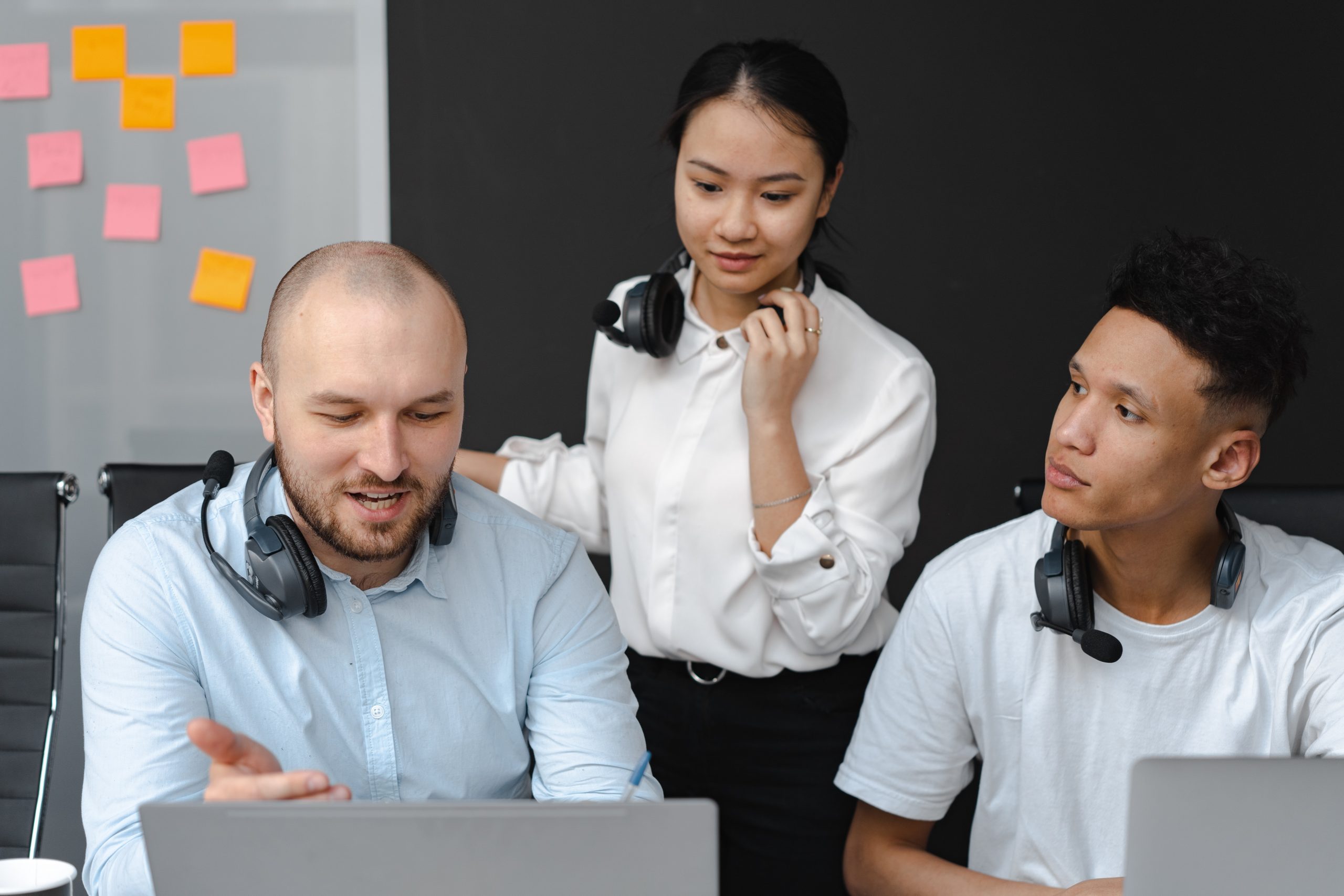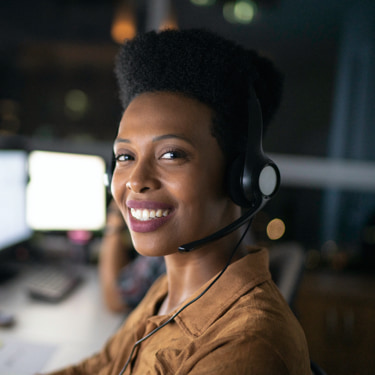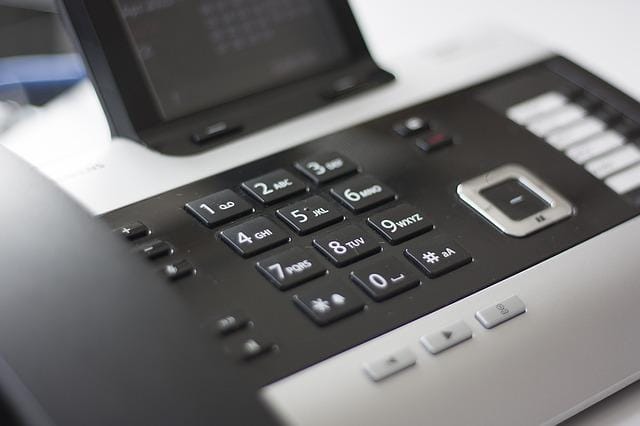All Categories
Featured
Table of Contents
- – What Is The Best What The Heck Is An Answering ...
- – How Much Does Call Answering & Reception Servi...
- – Best What Is The Difference Between An Answeri...
- – What's The Best Phone Answering Services - Au...
- – What Is The Best 10 Sectors That Can Benefits...
- – What Is The Best Phone Answering Services - ...
What Is The Best What The Heck Is An Answering Service? Out Right Now
This gadget and its successors were designed by Sava Jacobson, an electrical engineer with a personal consulting organization. While early answering machines utilized magnetic tape innovation, the majority of modern-day devices uses strong state memory storage; some gadgets utilize a mix of both, with a solid-state circuit for the outbound message and a cassette for the incoming messages.
"toll conserving" listed below) (telephone answering service). This is beneficial if the owner is evaluating calls and does not wish to consult with all callers. In any case after going, the calling celebration must be notified about the call having actually been answered (most of the times this starts the charging), either by some remark of the operator, or by some welcoming message of the little bit, or resolved to non-human callers (e.
This holds particularly for the Littles with digitally stored greeting messages or for earlier devices (prior to the increase of microcassettes) with an unique limitless loop tape, separate from a 2nd cassette, committed to recording. There have been answer-only gadgets with no recording abilities, where the greeting message needed to inform callers of a state of current unattainability, or e (professional phone answering service).
How Much Does Call Answering & Reception Services - Office Shed Service Cost?

about availability hours. In tape-recording Little bits the welcoming generally contains an invite to leave a message "after the beep". An answering machine that utilizes a microcassette to tape-record messages On a dual-cassette answerphone, there is an outbound cassette, which after the specified variety of rings plays a pre-recorded message to the caller.

Single-cassette voice mail consist of the outgoing message at the beginning of the tape and incoming messages on the remaining area. They initially play the announcement, then fast-forward to the next offered space for recording, then tape the caller's message. If there are many previous messages, fast-forwarding through them can cause a significant delay.
This beep is typically described in the greeting message, asking for that the caller leave a message "after the beep". Littles with digital storage for the recorded messages do not show this delay, obviously. A TAD may provide a push-button control facility, where the answerphone owner can sound the home number and, by entering a code on the remote telephone's keypad, can listen to recorded messages, or erase them, even when away from house.
Best What Is The Difference Between An Answering Service And ...

Therefore the device increases the variety of rings after which it answers the call (generally by 2, resulting in four rings), if no unread messages are currently stored, however responses after the set variety of rings (normally two) if there are unread messages. This permits the owner to learn whether there are messages waiting; if there are none, the owner can hang up the phone on the, e.
Some devices likewise enable themselves to be from another location triggered, if they have actually been turned off, by calling and letting the phone ring a specific a great deal of times (generally 10-15). Some service suppliers desert calls already after a smaller variety of rings, making remote activation difficult. In the early days of Little bits an unique transmitter for DTMF tones (dual-tone multi-frequency signalling) was regionally needed for push-button control, since the formerly utilized pulse dialling is not apt to communicate proper signalling along an active connection, and the dual-tone multi-frequency signalling was executed step-by-step.
Any inbound call is not recognizable with respect to these properties in advance of going "off hook" by the terminal equipment. So after going off hook the calls must be switched to proper gadgets and only the voice-type is instantly accessible to a human, however maybe, nonetheless ought to be routed to a TAD (e.
What's The Best Phone Answering Services - Australian Virtual Receptionists Brand
What if I told you that you do not need to really get your device when addressing a client call? Another person will. So hassle-free, right? Responding to phone calls doesn't require somebody to be on the other end of the line. Efficient automated phone systems can do the trick just as efficiently as a live representative and in some cases even much better.
An automatic answering service or interactive voice action system is a phone system that communicates with callers without a live person on the line - business call answering service. When companies utilize this technology, consumers can get the response to a question about your company just by utilizing interactions set up on a pre-programmed call flow.
Although live operators upgrade the customer care experience, many calls do not need human interaction. A basic taped message or guidelines on how a customer can retrieve a piece of information generally solves a caller's instant requirement - answer phone service. Automated answering services are a basic and effective way to direct incoming calls to the best person.
What Is The Best 10 Sectors That Can Benefits From A Phone Answering Service You Can Buy
Notice that when you call a company, either for assistance or item questions, the first thing you will hear is a pre-recorded voice greeting and a series of options like press 1 for customer service, press 2 for queries, and so on. The pre-recorded options branch off to other choices depending on the consumer's selection.
The phone tree system assists direct callers to the right person or department using the keypad on a mobile phone. In some circumstances, callers can utilize their voices. It's worth keeping in mind that auto-attendant alternatives aren't limited to the 10 numbers on a phone's keypad. Once the caller has picked their first option, you can create a multi-level auto-attendant that utilizes sub-menus to direct the caller to the best sort of assistance.
The caller does not need to interact with a person if the auto-attendant phone system can handle their issue. The automatic service can route callers to an employee if they reach a "dead end" and need support from a live representative. It is costly to work with an operator or executive assistant.
What Is The Best Phone Answering Services - Australian Virtual Receptionists To Buy Right Now?
Automated answering services, on the other hand, are substantially cheaper and provide significant expense savings at an average of $200-$420/month. Even if you don't have committed personnel to manage call routing and management, an automated answering service improves productivity by permitting your group to focus on their strengths so they can more efficiently invest their time on the phone.
A sales lead routed to customer support is a lost shot. If a client who has product questions reaches the incorrect department or gets incomplete responses from well-meaning staff members who are less trained to handle a specific kind of concern, it can be a reason for frustration and dissatisfaction. An automatic answering system can reduce the variety of misrouted calls, therefore assisting your workers make better usage of their phone time while maximizing time in their calendar for other jobs.
With Automated Answering Systems, you can produce a tailored experience for both your personnel and your callers. Make a recording of your primary greeting, and merely update it routinely to reflect what is going on in your company. You can create as many departments or menu alternatives as you desire.
Table of Contents
- – What Is The Best What The Heck Is An Answering ...
- – How Much Does Call Answering & Reception Servi...
- – Best What Is The Difference Between An Answeri...
- – What's The Best Phone Answering Services - Au...
- – What Is The Best 10 Sectors That Can Benefits...
- – What Is The Best Phone Answering Services - ...
Latest Posts
Call Answering Service Near Me
Professional Answering Service ( QLD)
Proven Phone Answering Service
More
Latest Posts
Call Answering Service Near Me
Professional Answering Service ( QLD)
Proven Phone Answering Service